Recently, more and more information is appearing that the iPhone may soon be completely without connectors. The situation with connectors is complicated at Apple. The first generations of iPhones and iPads had a 30-pin connector. Subsequently, they switched to a lightning connector, which saved considerable space on the devices. But it also paved the way for the more controversial removal of the 3,5mm audio jack. The end of the Lightning connector is also around the corner for the iPhone. It offers a switch to USB-C, which Apple already uses in the latest iPad Pros. It cannot be completely ruled out that the iPhone will not have a single connector and everything will be handled wirelessly. There are surprisingly many reasons why Apple should go in this direction.
In January, the European Union again began discussing the unification of power connectors. At the same time, the eye was mainly focused on Apple, because it is the last major phone manufacturer to reject USB-C. The solution may be that Apple cancels the lightning connector, but at the same time does not use USB-C in iPhones. Wireless charging will be used instead. In terms of ecology, this is also a better solution, because a watch, headphones and phone can be charged with one wireless charger.
It could be interest you
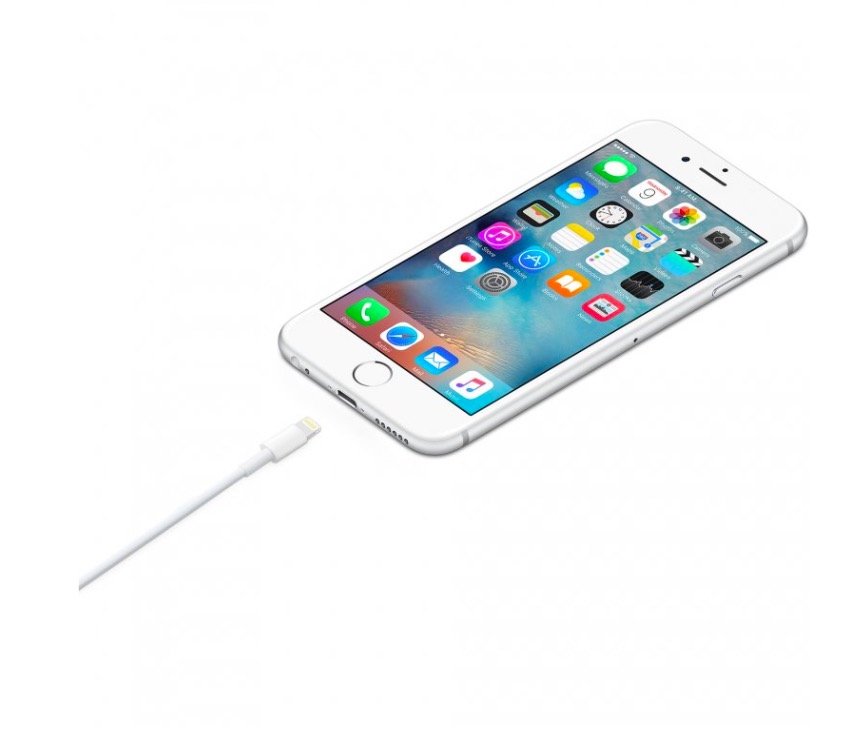
Of course, wireless charging still requires a cable and adapter, but there is one advantage over the classic phone cable. In most cases, the wireless charger does not move, so the charger cable is not subjected to the same wear and tear as the lightning cable. Additionally, eliminating the cable and charger from the phone's packaging could greatly reduce the size of the iPhone's box and reduce shipping costs.
Of course, the cable is not only used for charging, but also for transferring files. It is especially important in cases where you want to switch to recovery mode (Recovery). A few days ago, in the beta version of iOS 13.4, mentions were discovered that Apple is working on wireless entry into Recovery. It will be easier to restore the operating system to its original form in the future. This is a feature that has been available on the Mac for quite some time. However, with iOS devices, you always need a cable.
Another reason why Apple might be thinking about doing away with connectors is to improve security. Getting into a secure iPhone is difficult not only for hackers, but also for the secret services. There are different ways to jailbreak an iPhone. However, they have in common that they require another device to be connected via a connector. Removing the connector completely would make it much more difficult for hackers.
It could be interest you

Additionally, removing the connector would free up space inside the device. Apple could subsequently use this for a larger battery, a better speaker or better water resistance. Of course, there are a number of things that must be taken into account before a completely wireless iPhone can be created. Last year, the Chinese manufacturer Meizu tried a completely wireless phone and did not make too much of a dent in the world.
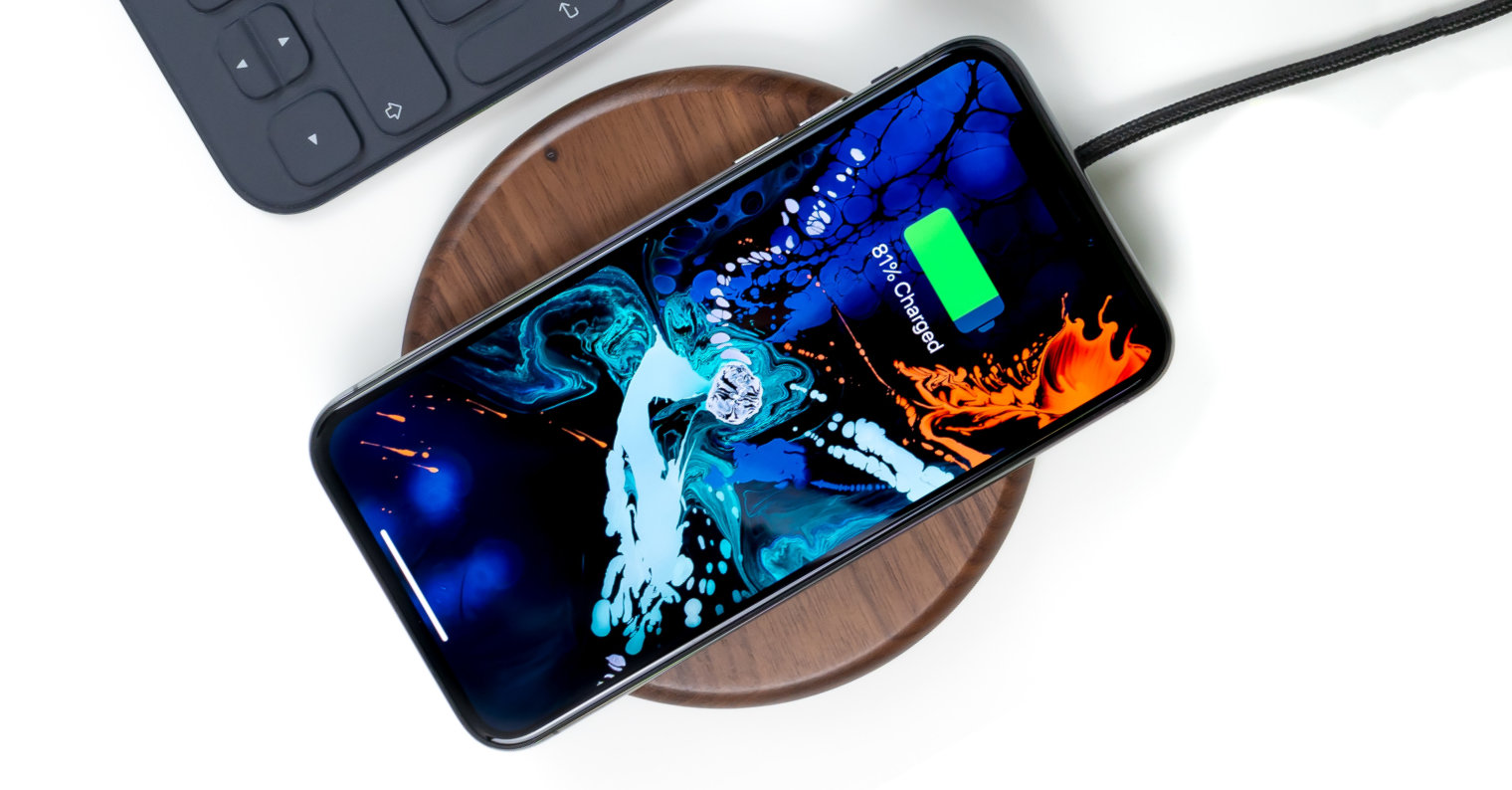
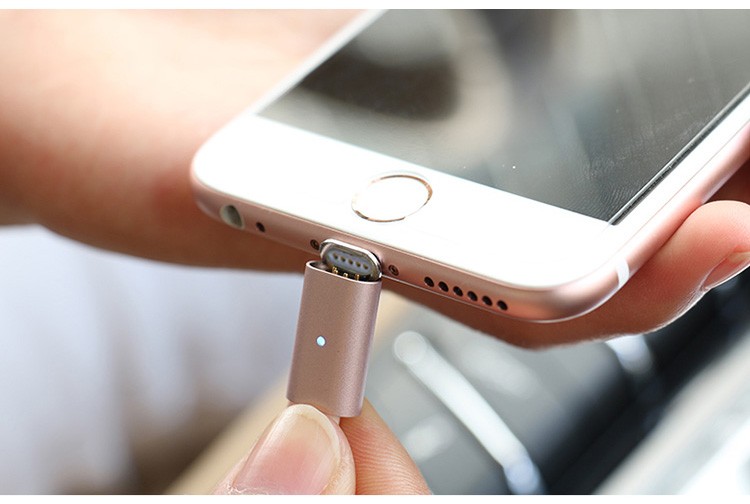
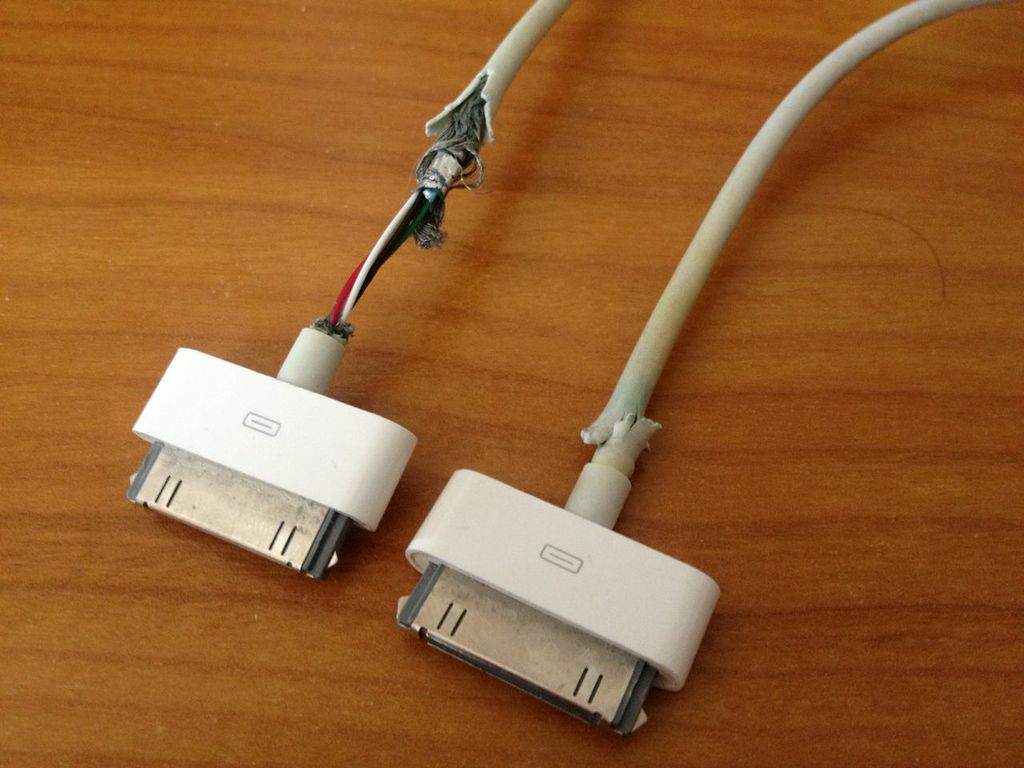
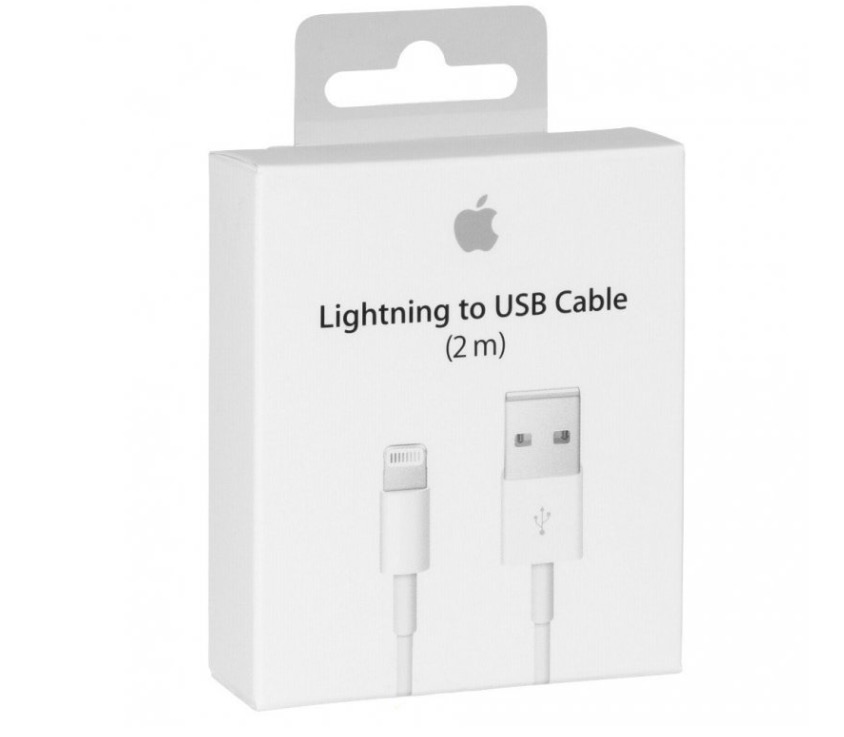
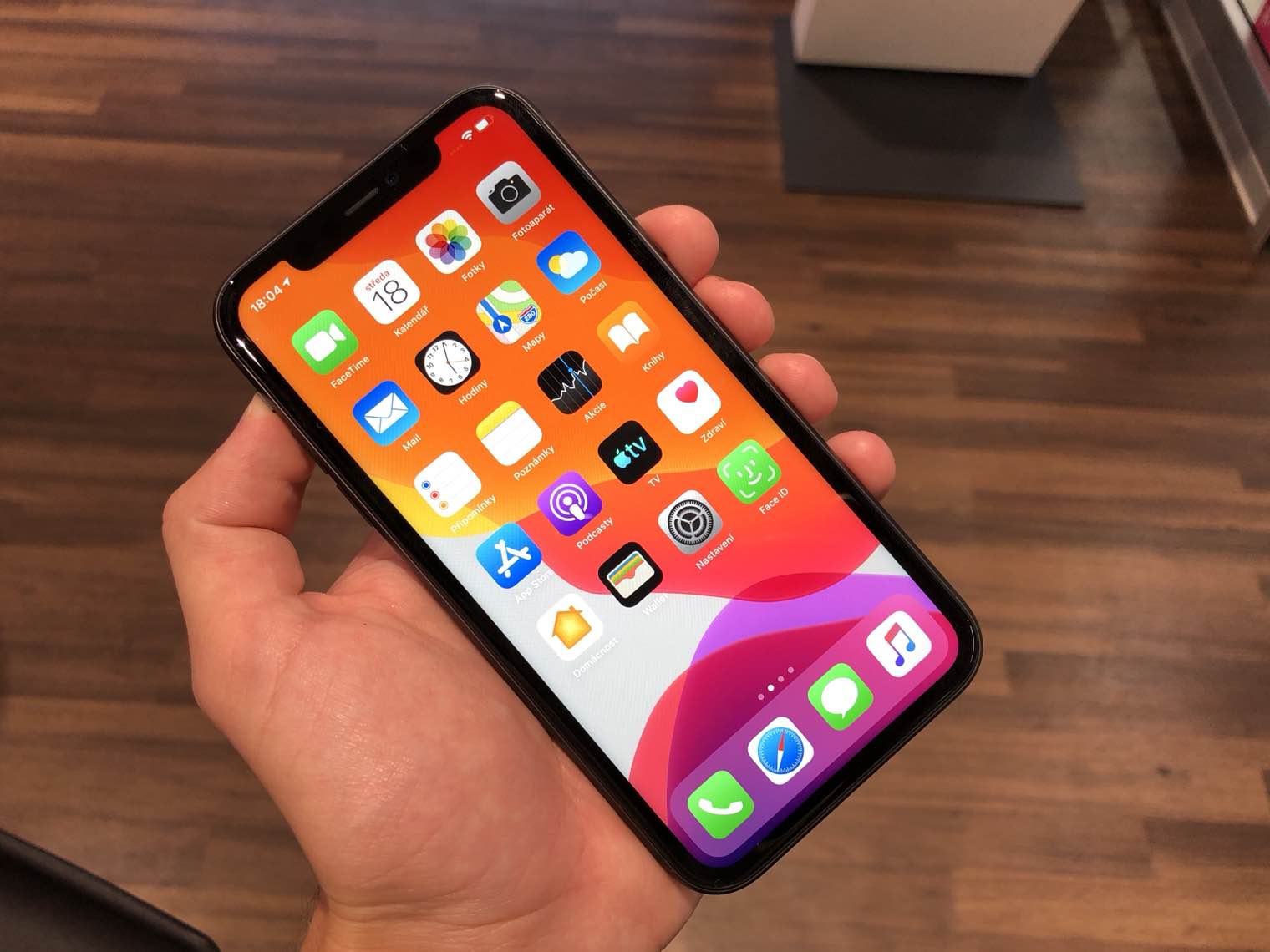
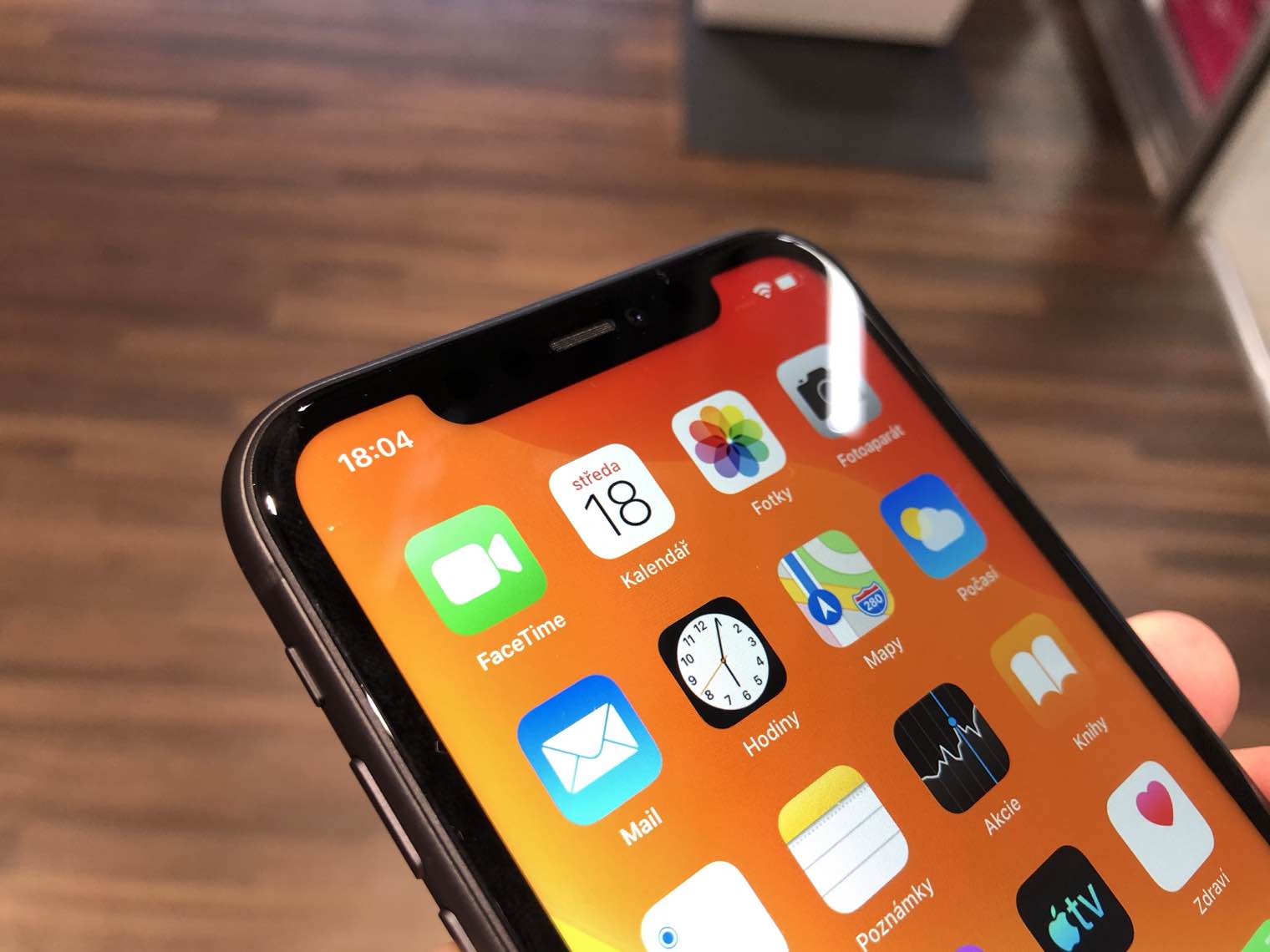

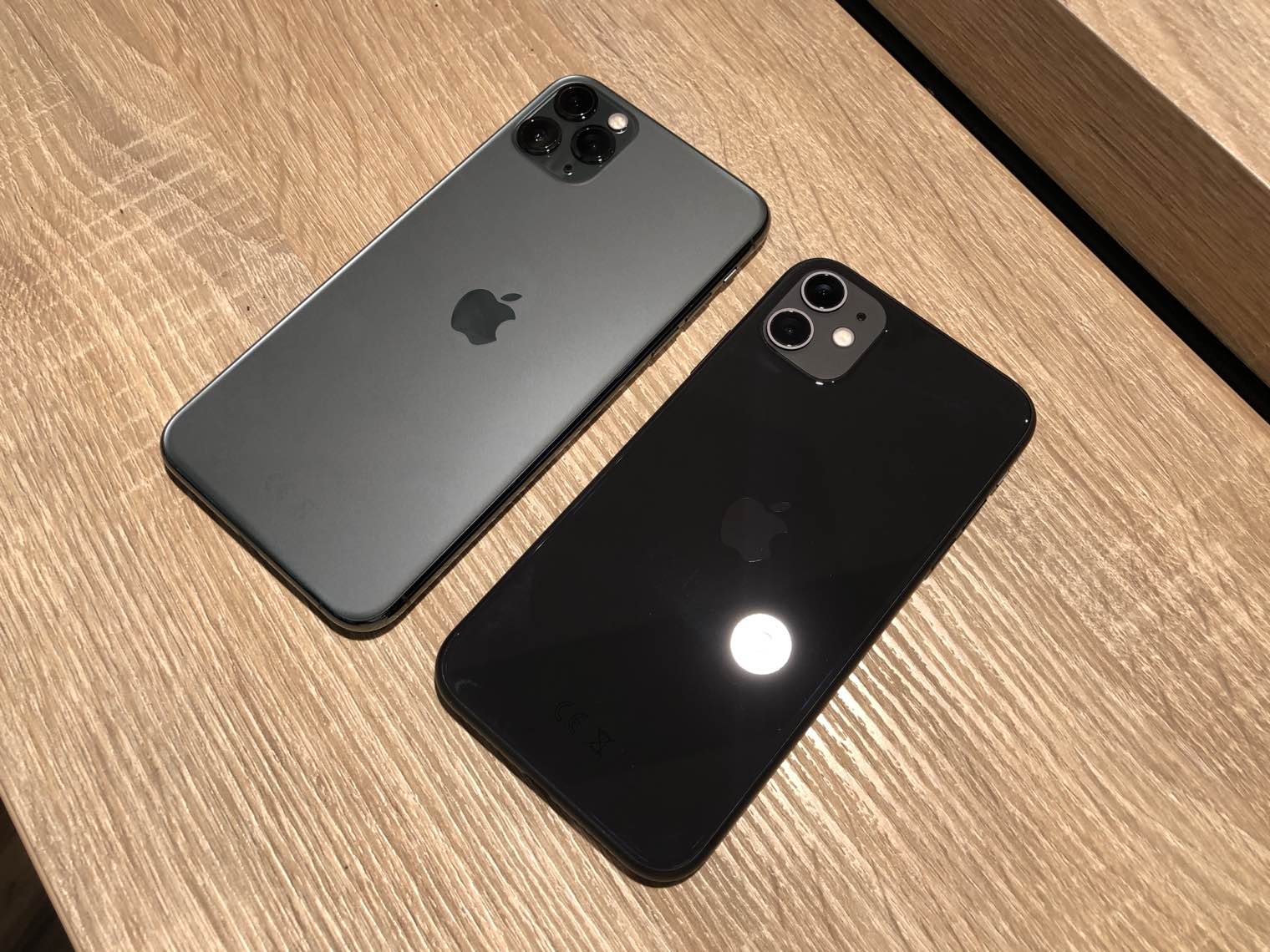
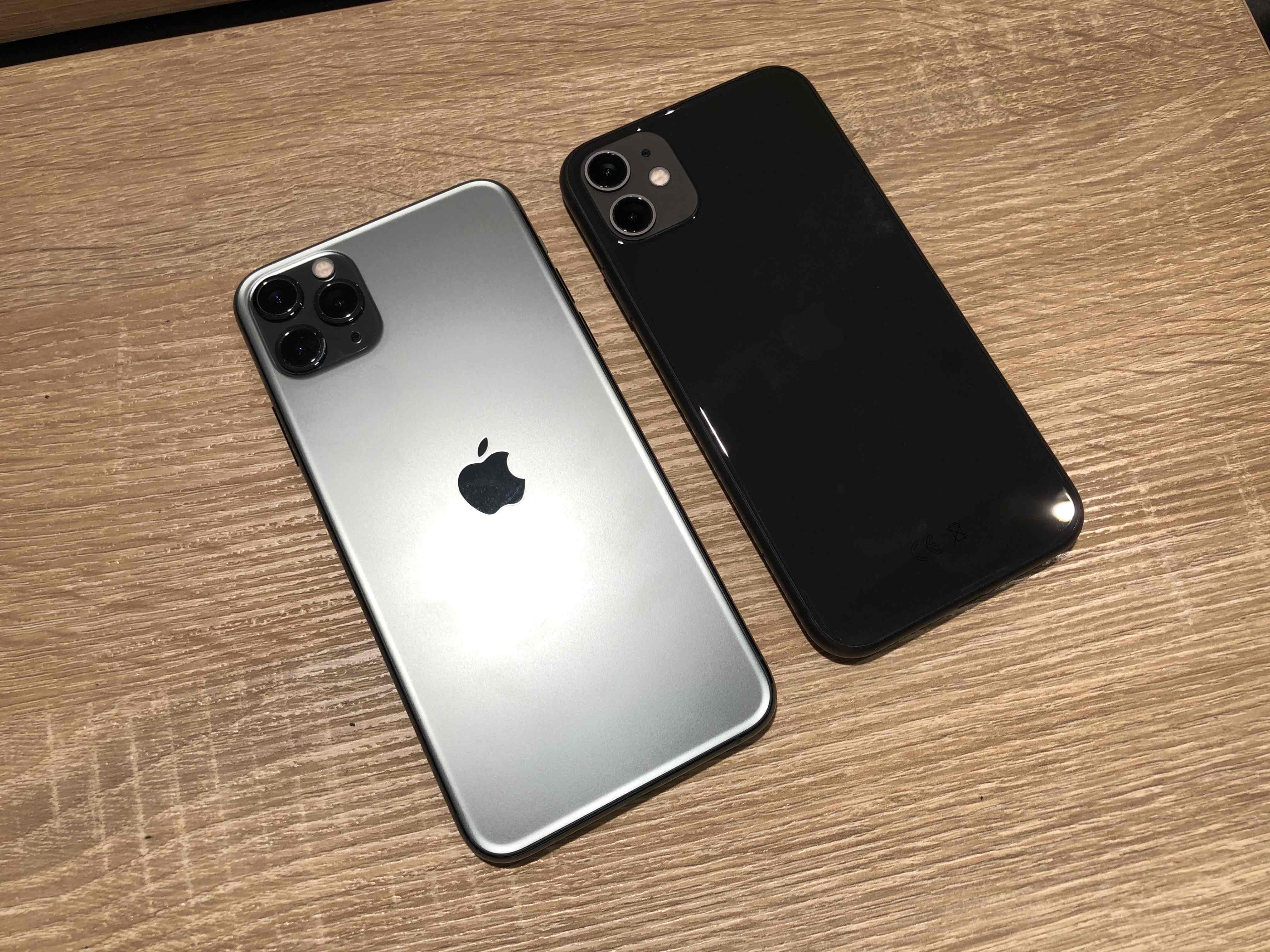
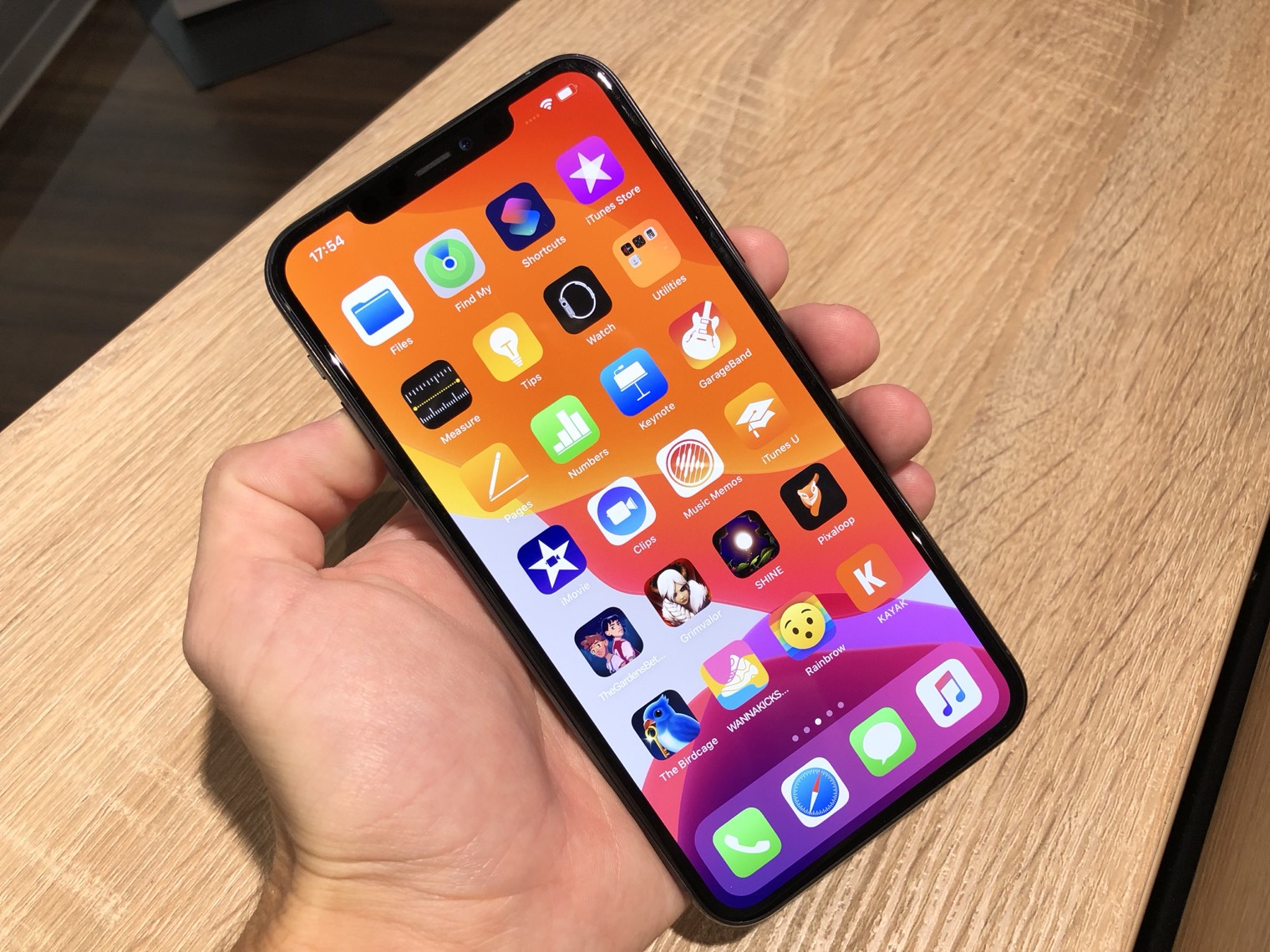

So Mr. Trlica is sitting on a chair in the world of android and here on Apple, right? So this person really has a talent for sweeping out the worst that exists on the Czech internet. Well, someone has to be a looser.
Maybe with an iPhone without a connector, sales of new cars with wireless apple car support will increase. Sarcasm off.
I guess I'm really a canner, but phones generally hold up well. So I have one charger at work, one at home. When the phone is on the charger, I can make calls, write sms with it and it continues to charge. I don't like wireless. I have a bunch of Lightning cables and chargers at home. Everything works fine. I wouldn't change it.
A smiling idea of how Apple first completely thinned iPhones so that they had the smallest possible battery and held on stupidly, then removed the lighting port and used the available space for a larger battery... So that this file is not another reason to have the thinnest design in the world (which no one cares about)...
... it starts to make sense, it stops making sense when the navigation is running
how do I charge it from a power bank, for example somewhere in nature?
Just like at home...
Greetings to the community. I am impressed to have fallen upon the experiences here. I've been scratching my head for this info since last spring and I will be telling my besties to stop by. The other day I was thumbing through the search engines trying to locate the answers to my unending questions. Now I will be going to take bigger steps in whatever measures possible. We are getting all blissed out on the synchronicities we are seeing. Again I just wanted to thank you with all my heart for such amazing assistance. This has propelled me out of my old ways. Many exciting things are growing in my life. Its such a perfect forum to make conscious engagements. I gotta mention also that I am developing the topic of sedona psychic readings. Let me know if you are curious to know more. Thanks for taking a few minutes to read my words here. I'm here for you to forward me your ideas and I will reach back out as I am prompted. All my best and I'll connect with you when you can.